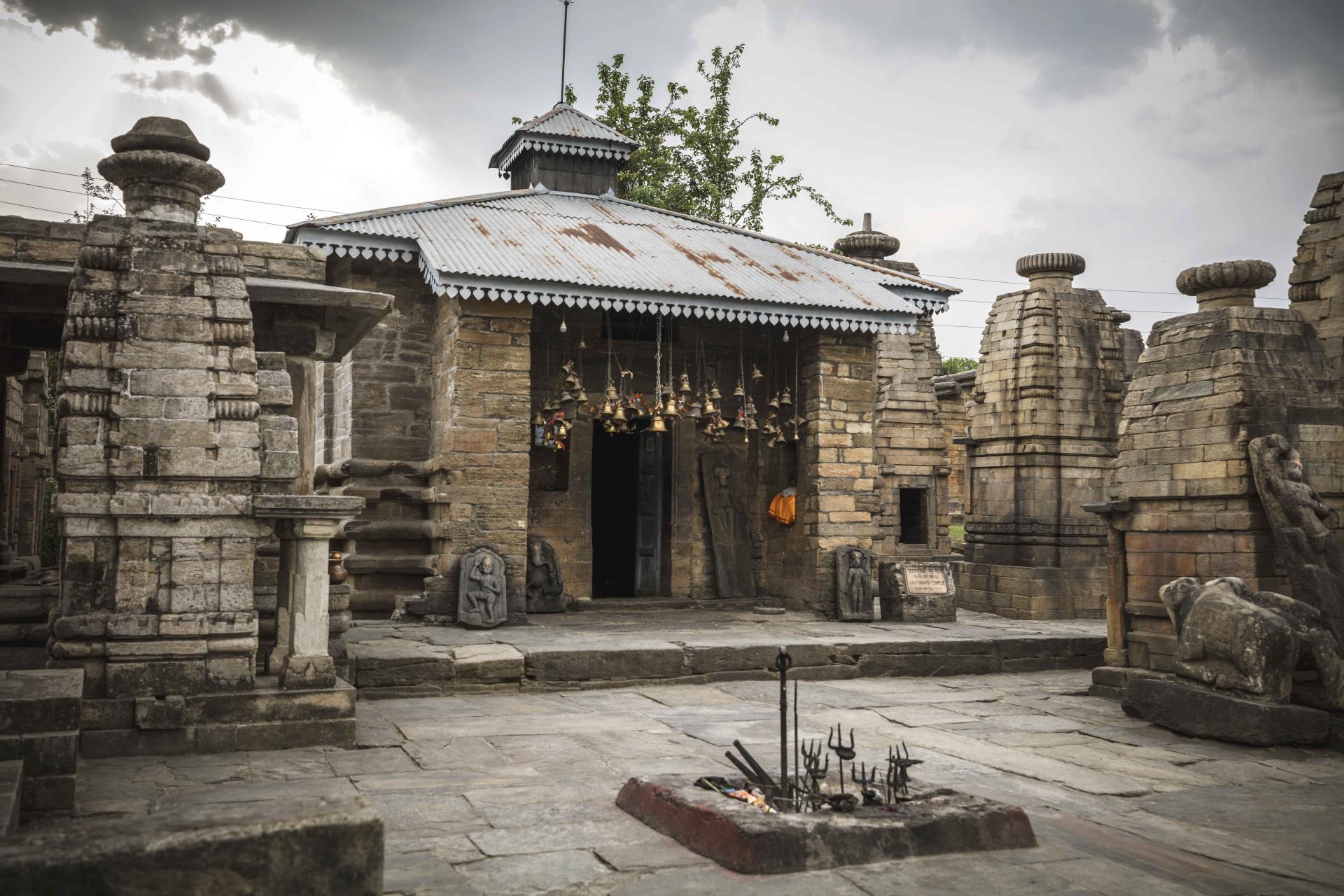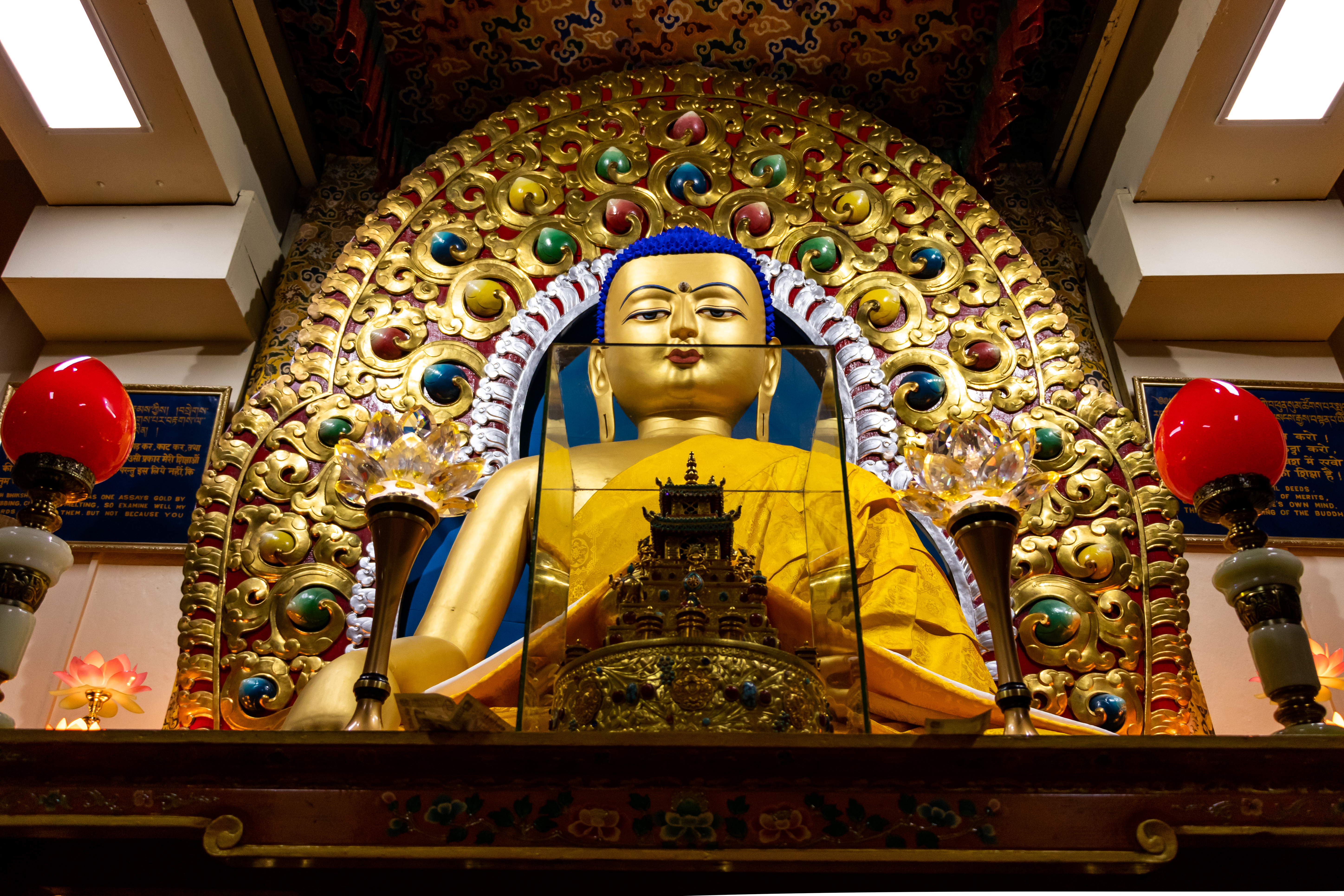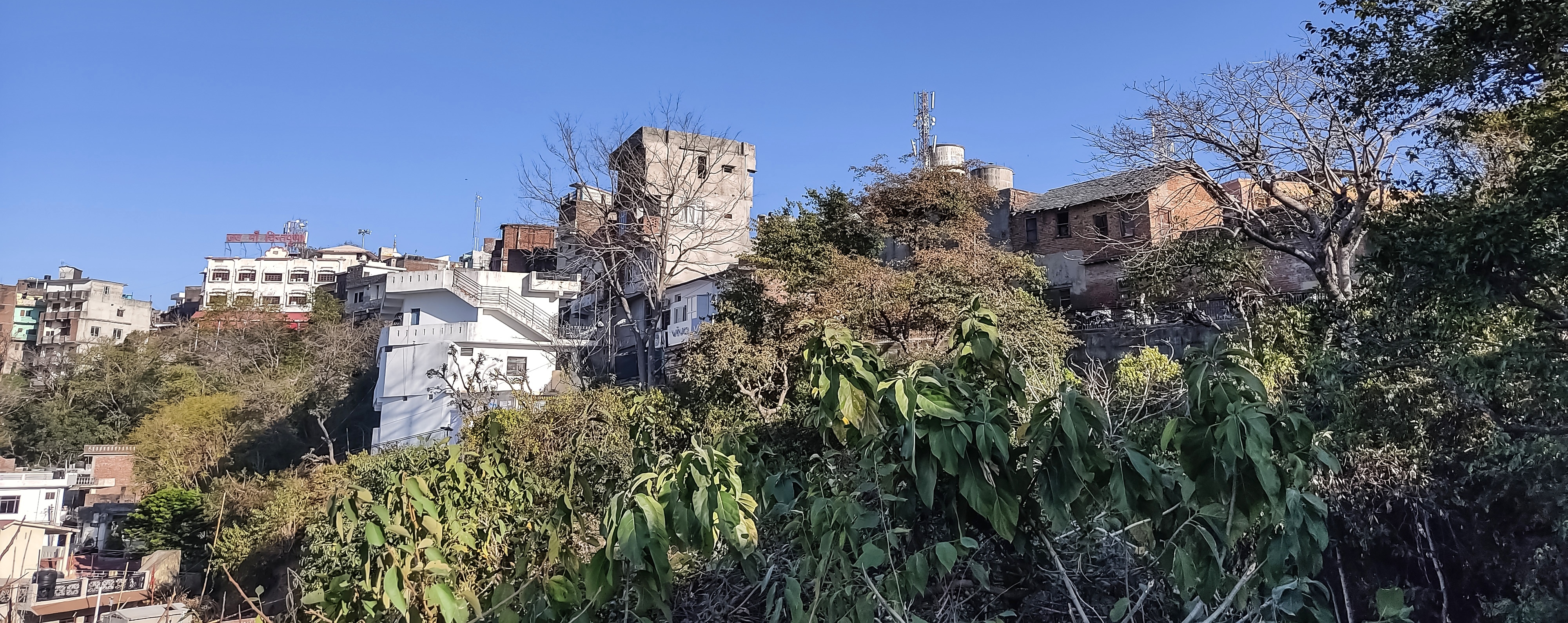
Sorry, we couldn't find anything that matches your search.
Destination

Famous Places to Explore in Hyderabad
A vibrant city with the imposing...

Raipur Tourist Places | Best Place to Visit
The stronghold of several erstwhile...

Ahmedabad
Declared as India's first UNESCO World...
#
A popular form of Buddhist art that is made on silk or cotton scrolls, thangka paintings are a beautiful expression used to convey messages of Buddhist philosophy. They can be done in intricate applique or embroidery form as well. Buddhism and its philosophies are conventionally depicted through scenes, mandalas and deities in these paintings. While they are quite appealing aesthetically, they are also used for meditative purposes as practitioners focus on the deities in the paintings and try to develop a clear visualisation.
Earlier, these paintings were used to teach people about the lives of the masters. It is said that a lama would go around preaching on dharma and carrying scrolls of thangka to illustrate his message. Considered sacred, this art form dates back to the 7th century, when it originated in Nepal. The most prominent of thangka paintings is the Menri type, which is distinguished by its vibrant colours and a central figure who is surrounded by events and people in his life.
The process of making a thangka painting is an intricate one. First, a piece of canvas is stitched on a frame of wood. The texture of the cloth undergoes many treatments with a mixture of gesso, chalk and base pigment, and glass before the canvas can be used. Then, the outline of the deity is made in pencil and superimposed in black ink. The paint is made by mixing vegetable pigments, water, adhesive and crushed minerals. Sometimes, precious elements like lapis lazuli are also used. At last, the pure gold colour is painted and the painting is framed in a brocade border. It can take an artist up to six weeks to complete one thangka.









